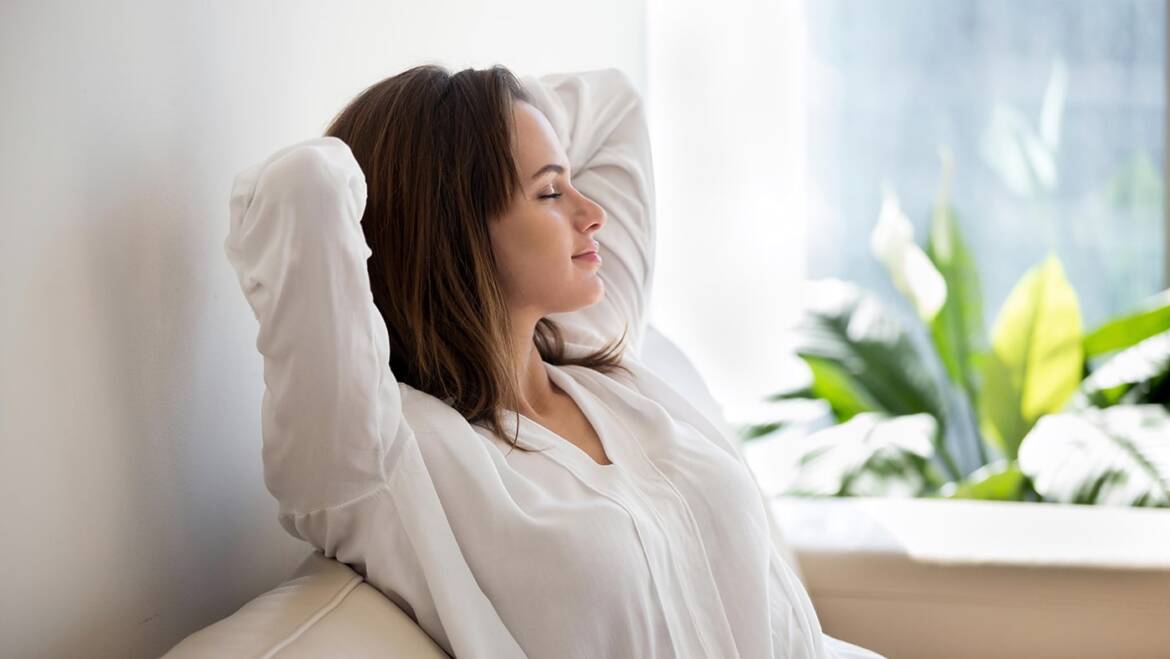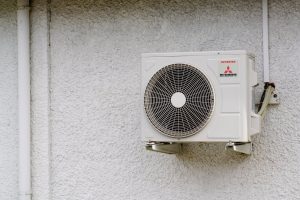Preventing airborne allergens such as pollen and pet dander, regulating humidity, and being alerted when levels of carbon monoxide are at dangerous levels, are keys to maintaining a healthy home. It’s not uncommon to forget that your indoor air can be more harmful than the air you breathe outside. This blog will serve as a reminder of things to be mindful of to ensure that you and your family are breathing easy and staying healthy.
-
- Carbon Monoxide Detection: Carbon monoxide is a byproduct of burning carbon fuel such as natural gas in your furnace, water heater, or stove. Carbon monoxide is hazardous only in a confined space like a basement or kitchen, as the air may not have a chance to vent properly or be recycled as often. The carbon monoxide from your furnace or water heater is mostly contained within the walls of its heat exchanger. In a unit that’s operating correctly, the gas is directed through your system and safely vented out of your home. To protect your family against carbon monoxide poisoning, it’s important to get annual maintenance on your systems, change your air filter regularly, ensure your system was installed properly, and install carbon monoxide detectors. Carbon monoxide detectors are relatively inexpensive ranging from $15-$100. Installing a detector should be a must to ensure that you and your family are alerted if there is ever a problem.
-
- Air Filtration System: At a base level, most homes have an air filtration system that runs through their furnace system. A MERV 8 pleated air filter is the most common and will trap 90% of airborne particles as small as 3 microns. The next level up is the MERV 11 air filter which will trap 95% of airborne particles as small as 1 micron. For reference, a micron is a unit of length equal to one millionth of a meter. These air filters will catch things like pet dander, pollen, dust, and mold. It’s important to check your filters roughly every 30 days and replace them every 90 days. Forgetting to replace your filters will cause efficiency issues and eventually furnace failure. It can also cause your air conditioner cooling coil to freeze.
-
- Air Purification: Installing a higher-end air purification system like a REME Halo-LED or Trane CleanEffects system will produce cleaner air and capture more harmful air pollutants than your standard pleated filters. The REME Halo-LED system uses ionized hydro-peroxide and zinc to remove the risks of airborne and surface bacteria, mold spores and viruses. It also reduces odors from cooking and pets. Trane CleanEffects removes up to 99.98% of airborne particles – including those as small as .1 micron. This makes it eight times more effective than even the best HEPA room filters and up to 100 times more effective than a standard 1-inch filter. The Trane CleanEffects system will reduce the presence of potential asthma and allergy attack triggers in your home, like pollen, mildew, lint, pet hair and dander, dust mites, fungus, most tobacco smoke, cooking grease, and even bacteria.
-
- Humidity Control: Here in Spokane, we have issues of low humidity in the winter causing dryness, cracked skin and lips, itchy throat, and more. Maintaining relative humidity in your home will not only help prevent sickness and discomfort, but also will help protect things like furniture and hardwood floors. Relative humidity is the amount of water the air contains compared to the amount it could contain at a specific temperature. Most of us feel comfortable inside our home when the relative humidity remains between 30 and 40 percent in the winter, and 40 to 60 percent in the summer. The best way to control your home’s humidity is through a whole-home humidification system. There are two main types of humidifiers; steam and bypass. By pairing these units with today’s new smart thermostats, you get full control over your home’s humidity needs. By managing your home’s humidity levels, it will reduce electrostatic shock and help eliminate airborne dust.
-
- Fresh Air & ERV/HRV Systems: In the Spring or Fall, one of the easiest ways to improve your home’s indoor air quality is to open your windows and let some fresh air circulate throughout the home. Granted, this isn’t something you probably want to do in the cold winter or hot summer, however, there are options like an ERV or HRV system that can help. An ERV (energy recovery ventilator) system draws clean, fresh air into a home and removes the stale air. The main function is to recover heat and humidity, while also providing filtration by capturing contaminants, pollutants, allergens, pollen, and more. An HRV (heat recovery ventilator) system is very similar, but uses the heat in the stale exhaust air to preheat incoming fresh air without mixing it. This reduces the energy required to bring outside air up to ambient room temperature so it saves money on heating bills. HRV systems only recover heat though, not humidity. However, HRV still provides the same filtration you get in an ERV system.
With this knowledge you’ve gained, you can make improved decisions on maintaining a healthier home. You and your family will be able to breathe easy knowing that your home’s indoor air quality is cleaner and safer. For more information on products mentioned, or general questions about indoor air quality, feel free to reach out to a Comfort Adviser at R&R Heating & Air Conditioning at 509.484.1405.
Whether you require installation, repair, or maintenance, our technicians will assist you with top-quality service at any time of the day or night. Take comfort in knowing your indoor air quality is the best it can be with MOE heating & cooling services Ontario's solution for heating, air conditioning, and ventilation that’s cooler than the rest.
Contact us to schedule a visit. Our qualified team of technicians, are always ready to help you and guide you for heating and cooling issues. Weather you want to replace an old furnace or install a brand new air conditioner, we are here to help you. Our main office is at Kitchener but we can service most of Ontario's cities
Source link




Add Comment